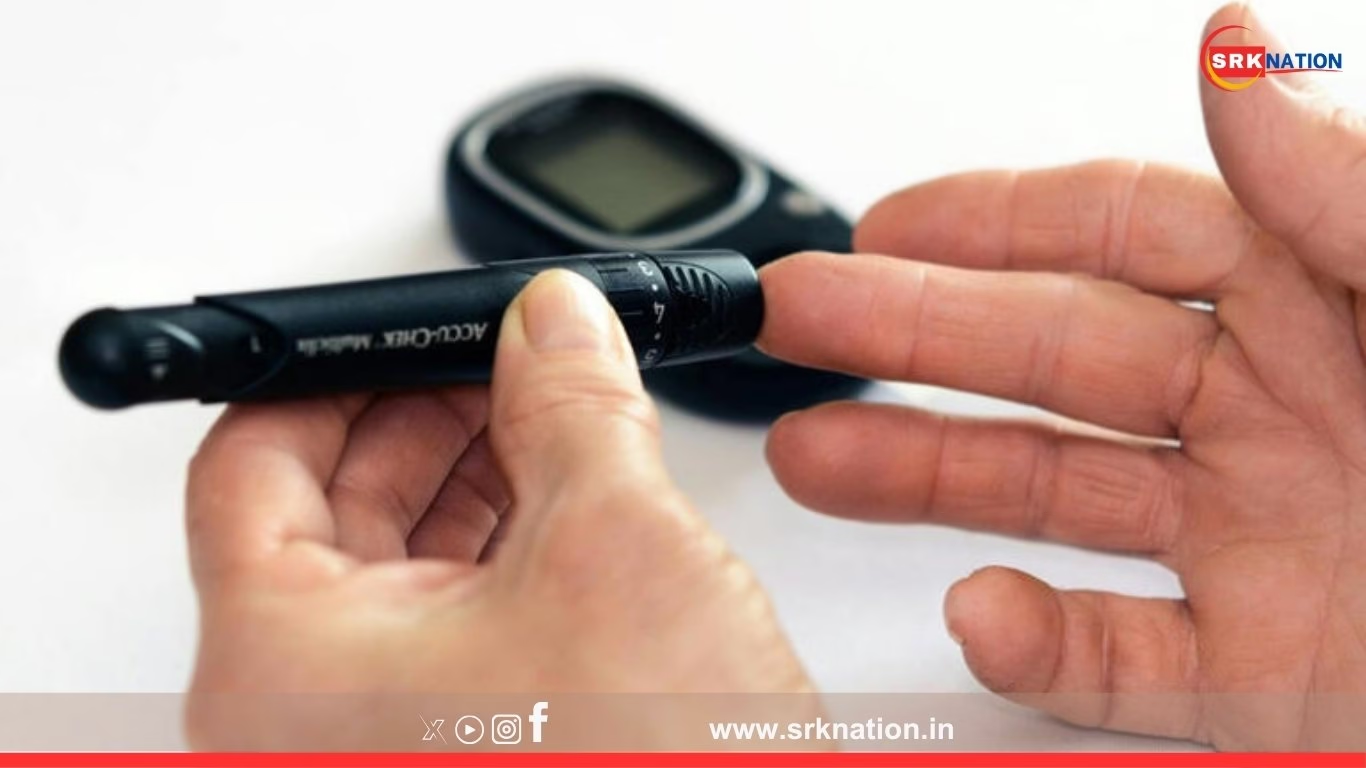In a revealing development in the field of public health and endocrinology, a new study has uncovered a compelling link between loneliness and an increased risk of developing type 2 diabetes. Researchers have found that social isolation and the emotional toll of chronic loneliness may have far-reaching metabolic consequences that go beyond mental health — potentially elevating blood sugar levels, promoting insulin resistance, and exacerbating inflammation. As rates of both loneliness and diabetes continue to rise globally, the study sheds light on a largely overlooked factor in disease prevention strategies.
The connection between psychological well-being and physical health has long intrigued researchers. However, this latest evidence positions loneliness not just as a side concern, but as a central risk factor in the pathogenesis of diabetes — on par with diet, obesity, sedentary lifestyle, and genetics.
The Loneliness-Diabetes Link: What the Study Reveals
According to the findings, individuals who reported feeling consistently lonely were found to be up to 30% more likely to develop type 2 diabetes over a span of 10 to 15 years. This risk was independent of other known factors such as body mass index (BMI), smoking, alcohol consumption, physical activity levels, and even socioeconomic status.
Researchers propose several pathways through which loneliness can raise diabetes risk:
- Increased cortisol secretion: Chronic social isolation elevates stress hormone levels, impairing glucose metabolism.
- Increased inflammatory markers: Loneliness can promote systemic inflammation, contributing to insulin resistance.
- Behavioral consequences: Lonely individuals may be more prone to unhealthy eating, poor sleep, lack of exercise, and medication non-compliance.
- Disrupted circadian rhythms: Poor sleep linked to loneliness affects hormonal balance and glucose regulation.
The study, conducted over a sample of more than 20,000 middle-aged adults, is part of a growing body of literature urging a holistic approach to chronic disease management — one that recognizes mental, emotional, and social dimensions.
Understanding the Risk: Loneliness vs Other Diabetes Risk Factors
| Risk Factor | Relative Risk Increase for Type 2 Diabetes |
|---|---|
| Loneliness (chronic) | 25%–30% |
| Obesity (BMI >30) | 60%–80% |
| Sedentary lifestyle | 35%–50% |
| Family history | 40%–60% |
| High processed food diet | 20%–35% |
| Poor sleep (less than 6 hrs) | 20%–30% |
While loneliness may not pose the highest risk compared to obesity or genetic factors, its rising prevalence makes it a significant concern — especially when compounded by other lifestyle variables.
How Loneliness Affects the Body’s Metabolic System
The body’s response to chronic loneliness mirrors that of chronic stress. Here’s a breakdown of the physiological chain reaction:
| Effect | Impact on Diabetes Risk |
|---|---|
| Elevated cortisol | Increases blood sugar, reduces insulin sensitivity |
| Inflammation (CRP, IL-6) | Leads to impaired glucose utilization |
| Disrupted insulin secretion | Pancreatic beta-cell dysfunction |
| Poor lifestyle habits | Triggers weight gain and glycemic imbalance |
| Sleep dysregulation | Alters leptin and ghrelin levels, increasing appetite |
This cascade underscores the need for doctors and healthcare professionals to screen for loneliness during regular checkups, especially among high-risk groups.
High-Risk Demographics: Who Is Most Vulnerable?
Certain populations are disproportionately affected by loneliness and are also more prone to diabetes:
| Demographic Group | Higher Risk of Loneliness | Increased Diabetes Susceptibility |
|---|---|---|
| Elderly (65+) | ✓✓✓ | ✓✓✓ |
| Urban singles | ✓✓ | ✓✓ |
| Unemployed adults | ✓✓ | ✓✓ |
| People with chronic illness | ✓✓✓ | ✓✓✓ |
| Women (especially widowed) | ✓✓✓ | ✓✓ |
| Shift workers | ✓✓ | ✓✓✓ |
This table illustrates the importance of targeted interventions in social healthcare and community outreach programs.
Addressing Loneliness to Prevent Diabetes
Healthcare experts are now emphasizing social connectivity as an essential component of diabetes prevention and care. Several practical interventions are being recommended:
- Social prescriptions: Encouraging patients to join support groups, community classes, or hobby clubs.
- Counseling services: Therapy to address emotional distress, grief, and trauma.
- Digital engagement: Use of health apps and virtual check-ins to reduce feelings of isolation.
- Telemedicine-based companionship programs: Especially effective for older adults or those in rural areas.
- Family and caregiver engagement: Helping families understand how vital emotional support is for diabetic patients.
Government health departments in some countries are also beginning to include loneliness indices in public health surveys, which could be a game-changer in early detection and intervention.
Expert Opinions
Dr. Mira Raghavan, a diabetologist based in Mumbai, emphasized:
“We often tell patients to watch their sugar and carbs, but very rarely do we ask how lonely they feel. This needs to change. Emotional health is metabolic health.”
Similarly, Prof. Harish Patel, a behavioral health expert, noted:
“Chronic loneliness is not just a psychological state. It’s a physiological condition that the body interprets as a threat. The resulting inflammation and stress wreak havoc on all organ systems — including the pancreas.”
Prevention Tips: Reducing Loneliness to Lower Diabetes Risk
| Recommended Action | Impact on Health |
|---|---|
| Join group fitness classes | Boosts physical and mental well-being |
| Volunteer for local causes | Builds self-esteem and social networks |
| Limit passive social media use | Reduces comparison anxiety and isolation |
| Foster daily human interactions | Even small conversations have large benefits |
| Adopt a pet | Proven to lower stress and improve mood |
| Prioritize sleep and diet | Enhances emotional resilience |
The Way Forward: Integrating Social Health in Chronic Care
This latest research offers a timely reminder that diabetes prevention must move beyond the physical checklist. Loneliness is now a public health issue that intersects with metabolic diseases. Doctors, policymakers, and caregivers must collectively rethink how they approach chronic conditions by integrating emotional and social wellness into treatment plans.
As healthcare models evolve, “social connectedness” may become as vital as blood pressure, cholesterol, or HbA1c levels in clinical assessments. With rates of diabetes projected to double in some countries by 2045, incorporating loneliness prevention could be a key, low-cost lever for systemic change.
Disclaimer: This article is intended for informational purposes only and does not constitute medical advice. Readers should consult qualified healthcare professionals for diagnosis or treatment of any health-related condition. The information provided here is based on emerging research and expert opinions at the time of publication.











